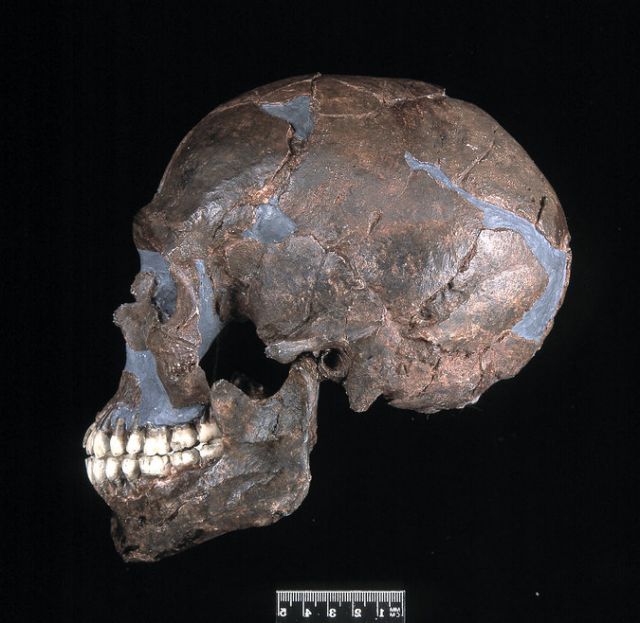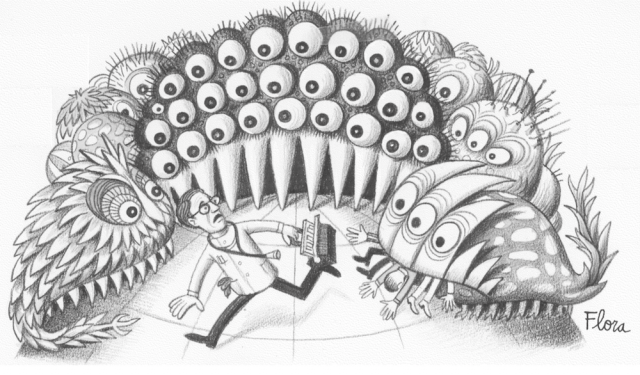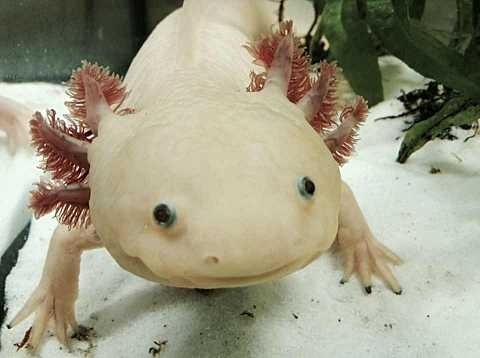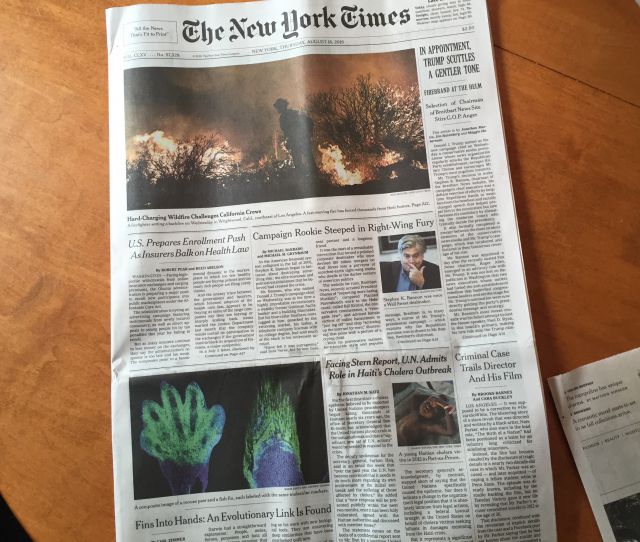
Back in December, when I was working on a profile of the geneticist Eske Willerslev, he told me off the record that he and his colleagues had a huge new genome paper in the works that would offer a lot of clues about human history. But it would take a while to come out because similar papers were going to be published at the same time by other scientists.
Well, the wheels turn slowly, but they were worth the wait. On Thursday’s front page of the New York Times, I reported on four new studies that give an unprecedented look at our origins. There was a whole lot to write about–more than can fit in one article, so I focused on one of the most contentious questions in paleoanthropology: how did humans emerge out of Africa and settle the rest of the world? Some fascinating possibilities emerge from these new studies on hundreds of genomes. Continue reading “Friday’s Elk, September 23, 2016”


